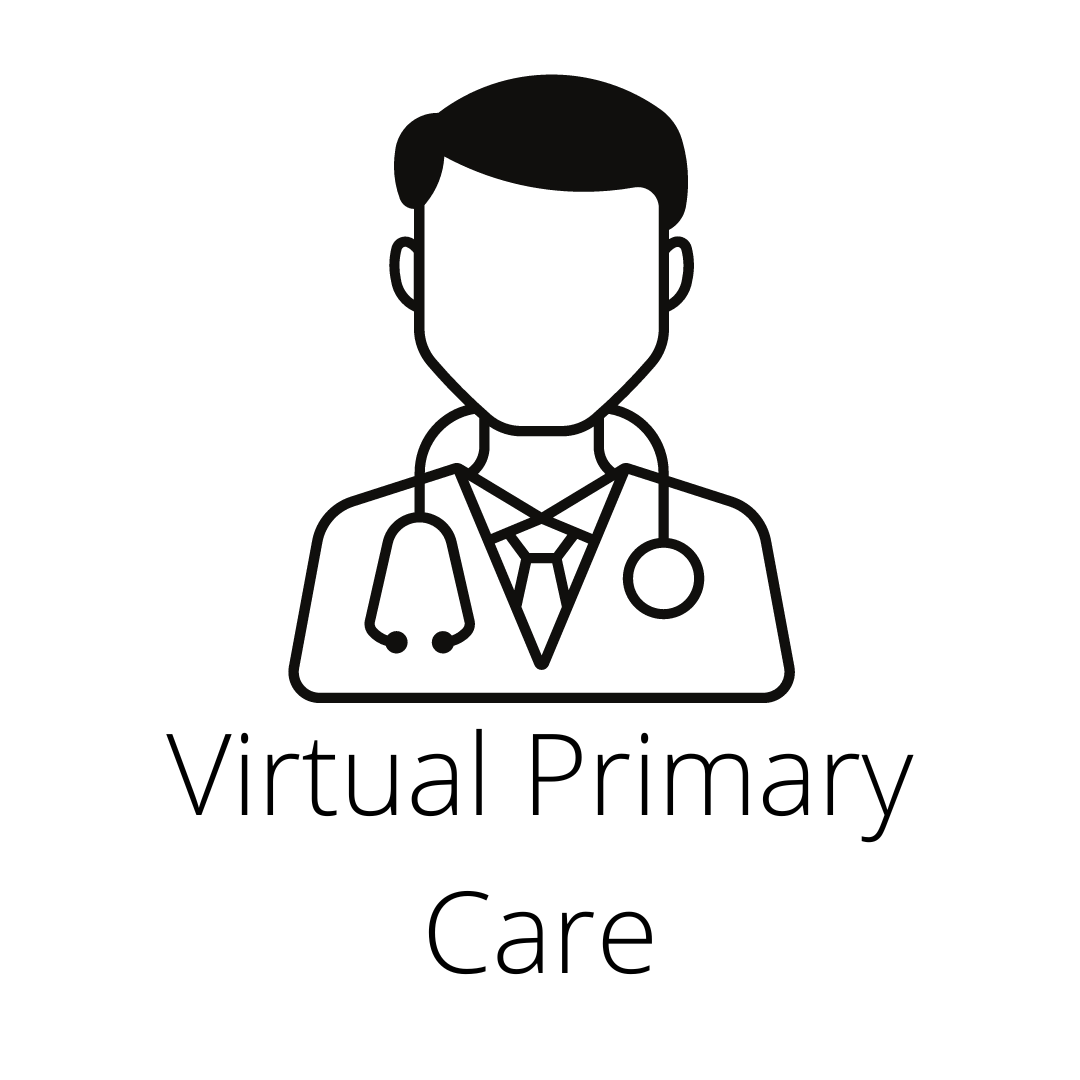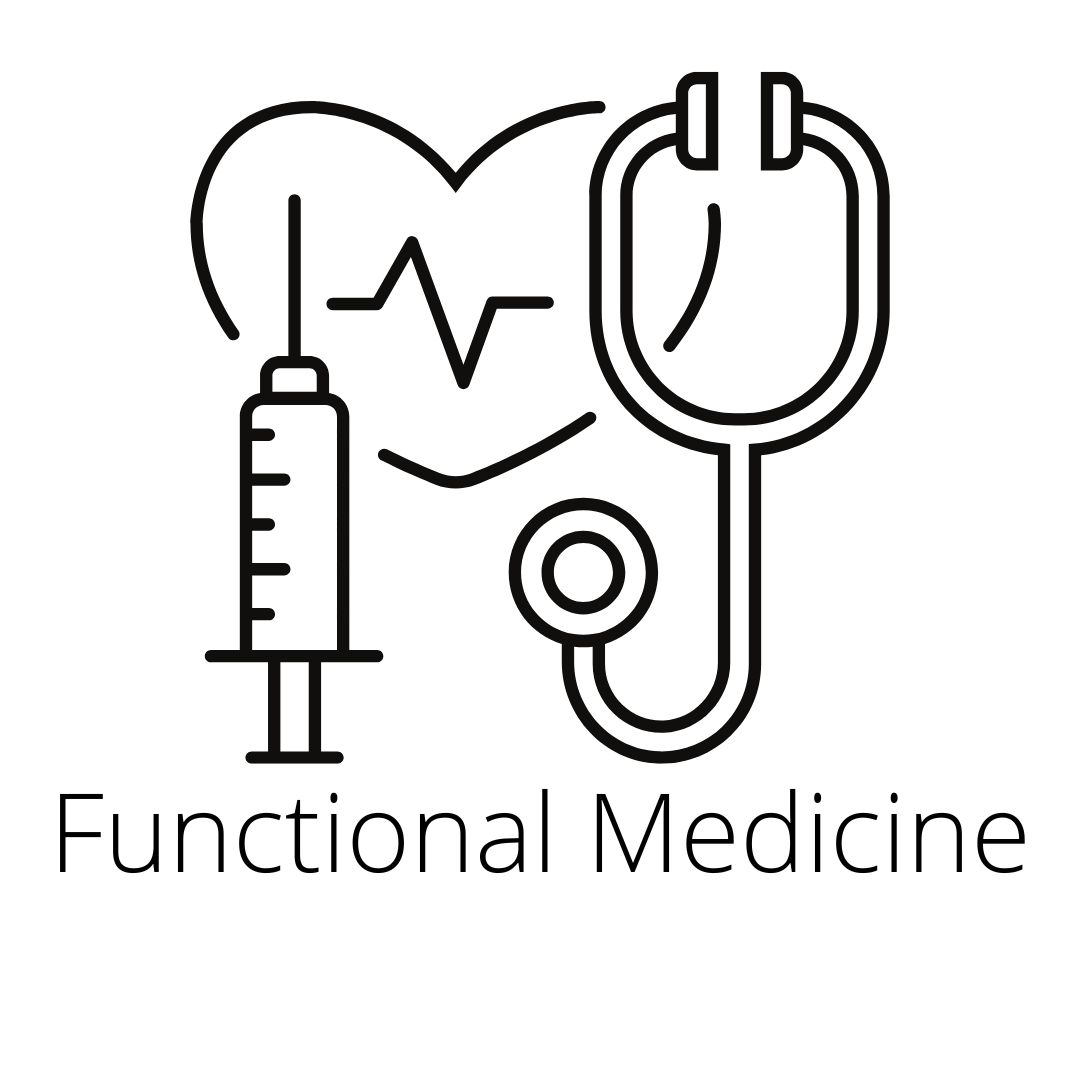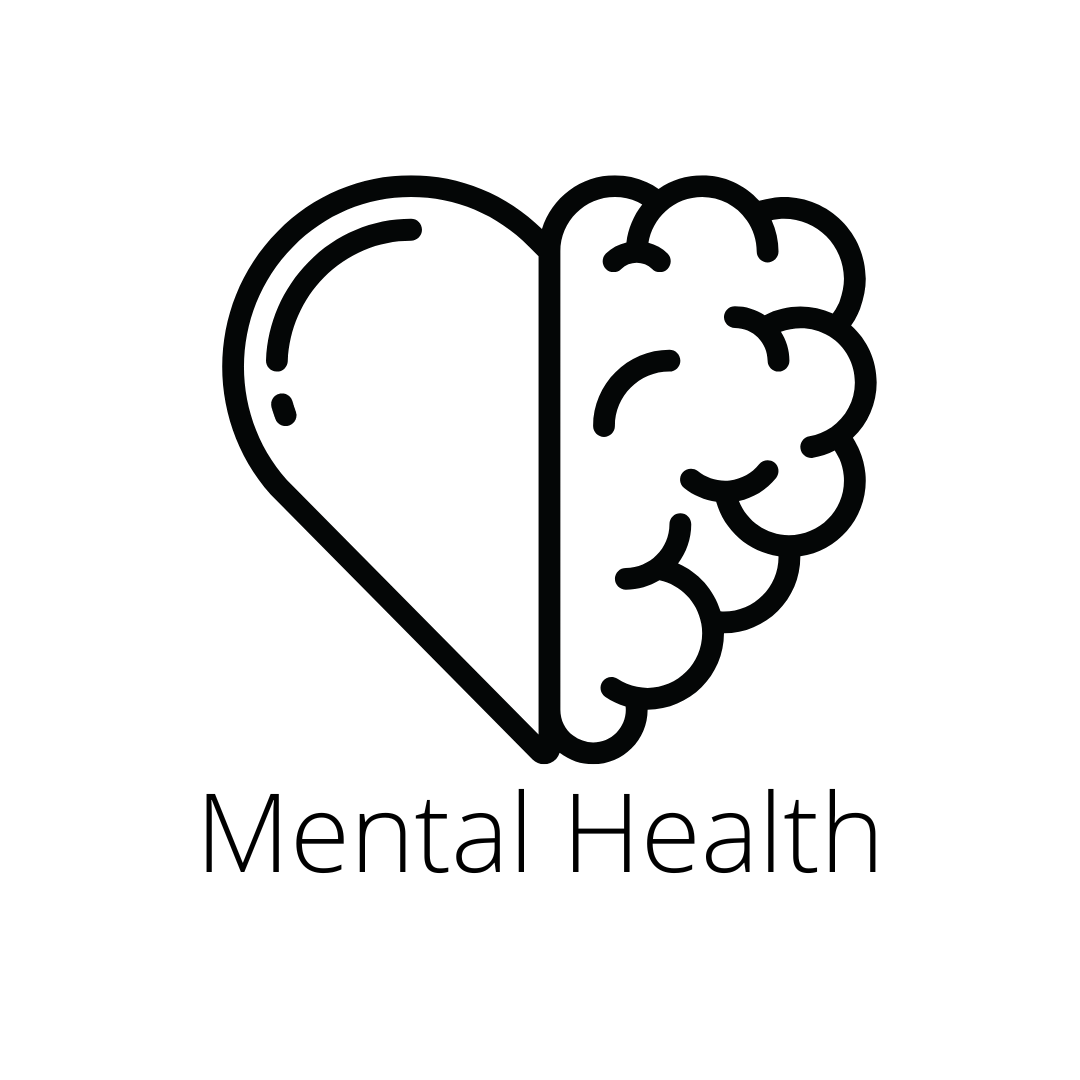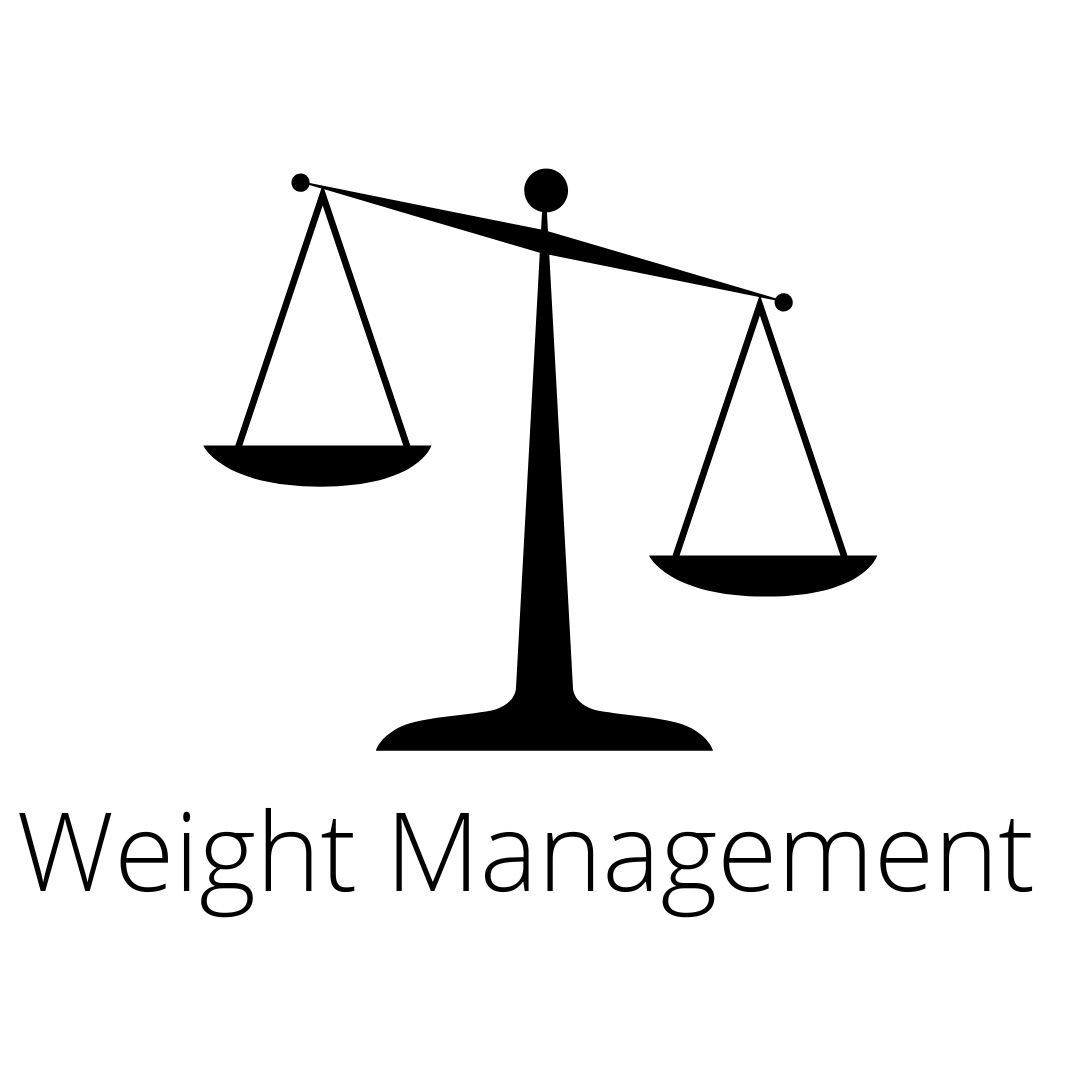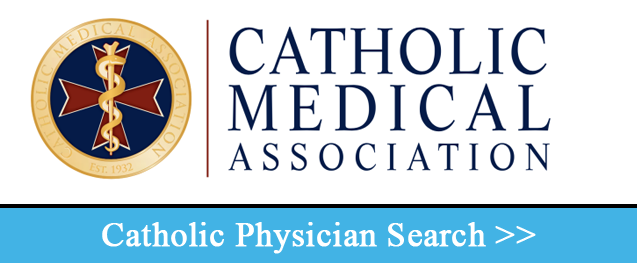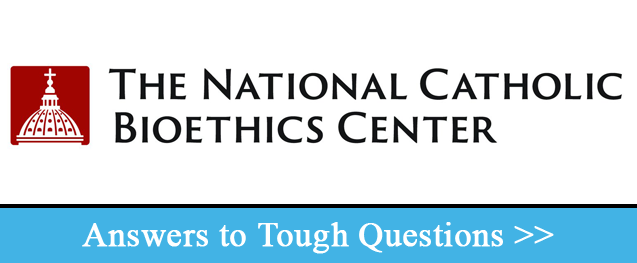
How to Build the Essential Parent First-Aid Kit
Summer is approaching, and every year the summer arrives with full force in my ER: cuts, ticks, poison ivy, infected bug bites, sun burns, eye injuries, broken bones, and all other kinds of summer fun gone wrong. Luckily, you can easily treat or prevent much of the summer craziness if you are prepared.
Being prepared means you need a “Dr. Mom” first aid kit and know how to use it. Although pre-made store-bought first aid kits are a good start, these kits typically lack many items you’ll need for your family this summer.
So to help you get ready, I have prepared a shopping list below for your summer first aid kit. Get it built now, so that you spend your summer having fun, not in the ER. Keep your first aid kit in your car. You’ll never have to remember to pack it. If you need something while you are at home, just go out and get it. If you have more than one family car, consider making a first-aid kit for each car. 1. Pre-made first aid kit: It’s cheapest and easiest to start by buying a premade kit, because otherwise it is difficult to find small packages of all the different kinds of gauze, tape, and antibiotic ointment you will need. Find a large kit with a sturdy container with extra space to hold all the things you will add to it. Or, get a small duffle bag or backpack to hold your first aid kit, and start by putting the pre-made kit in the bag. Be sure the pre-made kit includes Band-Aids, gauze, tape, antibiotic ointment, and anti-itch or steroid ointment. 2. Water bottle for cleaning out wounds: The first thing you’ll need to do with a crying kid is clean out their wound. And the nearest water source is probably too far to walk. You can use your water bottle to treat dehydration, too. 3. Benadryl (diphenhydramine): Benadryl is probably the most important over-the-counter medication to have in your first aid kit—it’s a first line treatment for insect bites, hives, and other allergic reactions that can be deadly. Some premade kits will include Benadryl tablets, but if you have young children be sure to include a bottle of liquid, Children’s Benadryl or the generic equivalent. Benadryl is also a great treatment for an attack of seasonal allergies. 4. Epi-pen: If you have a family member with a history of severe allergic reactions, ask your physician for a prescription Epi-pen. I keep mine in the outside pocket of my first aid kit for quick, easy access. 5. Numbing Spray: Wound numbing spray can be purchased over-the-counter at any pharmacy and can really save-the-day when a child is burned, sun-burned, or has a painful cut or scrape. 6. Prescription Medication: Ask your physician for an extra prescription for any medication you use frequently, especially asthma and allergy medications. Keep the extra supply in your car first-aid kit. You’ll be grateful when you can stay at your child’s sporting event rather than head home for an inhaler or other medication. 7. Ibuprofen and Tylenol: Most pre-made kits include these standard pain medications, but you will have to add the liquid kind for children. 8. Dramamine, nausea medication: There’s an easy fix for vomiting, car-sick kids—nausea medication. Don’t leave home without it. You’ll kick yourself for not having it while you clean the vomit out of your car. 9. Sunblock: The worst sun burns occur when you least expect it—at sports events, or while doing yard work. Have some 30+ sunblock ready to cover those little spots on your ears and neck that your hat doesn’t cover. Include some SPF lip balm or Chap Stick, too. 10. Bug Spray: The best protection comes from a repellant that contains 30% DEET. Insect bites are annoying at best, but at worst they get scratched and infected. We are seeing a growing number of insect bites that become infected with the antibiotic-resistant bacteria MRSA, which is difficult to treat. 11. Afrin nasal spray for nose bleeds: Although I generally don’t recommend Afrin nasal spray for congestion related to allergies or illness, Afrin is a quick fix for a nose bleed. This medication causes the capillaries in the nose to constrict, thereby limiting the blood flow to the nasal mucosa and stopping the bleeding. 12. Hydrocortisone ointment: This inexpensive over-the-counter medication will treat almost anything that itches—insect bites, poison ivy, etc. If you stop the itch, the kids won’t scratch, and you reduce the risk of secondary infection. 13. Flashlight/headlamp: If you don’t have a reliable light on your cell phone, include an LED flashlight or headlamp. You can buy these very affordably now, even at the dollar store. A flashlight is not just for night-time injuries—you’ll need a bright light to get a good look at splinters, or look in kids’ mouths, ears, etc. 14. Baby wipes: Even if your kids are out of diapers, a pack of baby wipes is infinitely useful in the car, especially for keeping hands clean and wiping noses. 15. Chap Stick: Chap Stick or lip balm can sooth cold sores, lip injuries, and sun-burned lips in addition to regular chapped lips. You’ll be glad you have it when you child complains about their chapped lips for the sixth time in ten minutes while you are on a family outing. 16. Clean towel: A nice clean towel is perfect for setting up your first-aid station while you dress a wound or remove a splinter. It’s also useful for containing bleeding on bigger injuries. Consider a highly-absorbent microfiber towel that can be stuffed into a small space. 17. Feminine hygiene supplies: Besides their obvious uses, tampons and maxi pads are very helpful for wound management and are an essential part of any first aid kit. Did you know that the modern tampon was invented in the 1800’s for management of bullet wounds? An OB-style tampon can very effectively treat a persistent nosebleed. The smallest OB tampons fit nicely in the nose. Bleeding wounds can be easily controlled with a maxi pad held in place with an ace wrap. 18. Premade finger splint: Not sure if that finger is broken or not? Just put it in a pre-made finger splint until you get your child to the doctor. You can buy premade finger splints at any pharmacy. 19. Alcohol Wipes: I mostly use these for sterilizing my first-aid kit instruments, such as tweezers and scissors. They are also useful for cleaning skin before trying to remove splinters. 20. Ace Bandage: Although a first line treatment for sprains and strains, Ace bandages are also useful for holding bandages in place on bigger wounds, and holding splints on fractures. 21. Small Scissors: for cutting dressings to the right size, cutting medical tape, opening packages, trimming fingernails and hangnails, etc. 22. 1 Bottle Gatorade: Very useful for hypoglycemia, dehydration, etc. Also useful as an occasional bribe for an over-tired, hungry child. 23. Zip lock bags: Zip locks are essential for keeping track of teeth that fall out or are knocked out. Did you pull a tick off your child? Stick it in the zip lock bag for later identification. Certain kinds of ticks are more likely to carry pathogens that cause Lyme disease and other illnesses. 24. Tweezers & Small Magnifying Glass: I mostly use these for removing splinters, but occasionally they are necessary to remove bugs from ears, fishing hooks from fingers, etc. Of note, tweezers are NOT the best way to remove a tick—tweezers often cause you to remove the tick body and leave the head in the skin. The best way to remove a small deer tick is to scrape it off with a credit card. You can clean the credit card first with your alcohol wipes. This post appeared first on ChildrensMD, and was published in 2014. Author: Dr. Kathleen Berchelmann, Pediatrician and Co-founder of MyCatholicDoctor Editor: Samantha Wright, Director of Education and Online Resources with MyCatholicDoctorMake an appointment or send Dr. Berchelmann a message:

